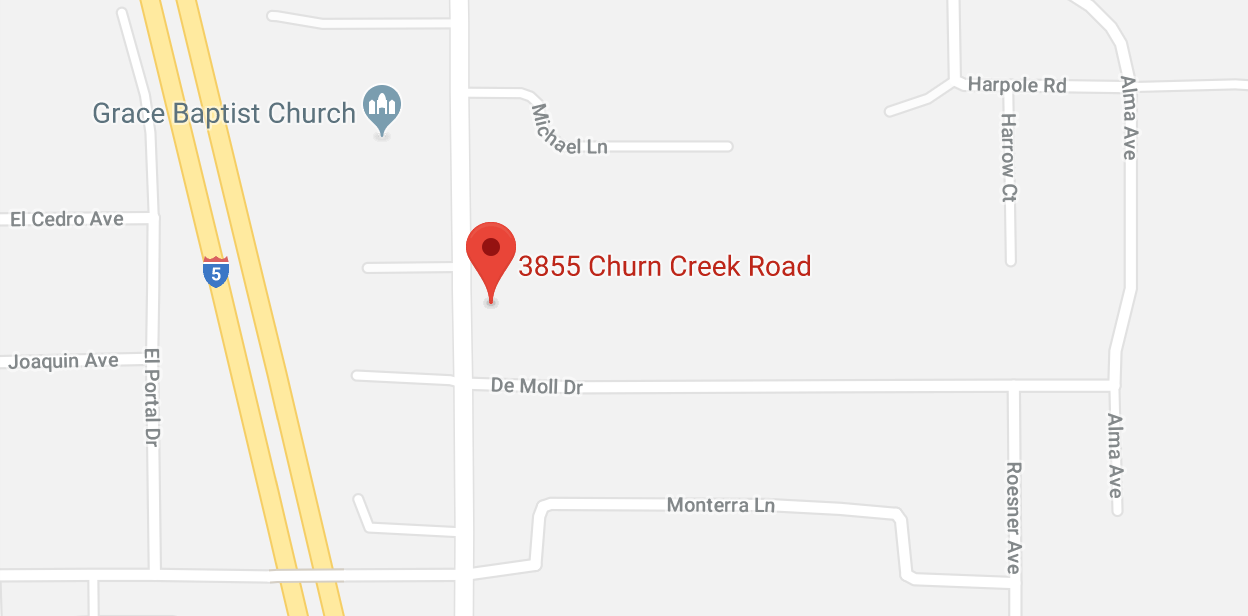Preventative Dentistry
Call The Office
Office Location
Email Us
Oral Exam
An oral exam is performed on both new and existing patients to determine their dental and overall health status. New patients receive a more comprehensive exam that includes x-rays and a close examination of the gums and bone for disease, systemic disorders and oral cancer. A more routine exam is done for existing patients to see if there have been any changes in health since their last visit. In order to look for gum disease, the gum tissue is measured with a small ruler to measure the pocket depth between the tooth and connective tissue. A measurement of over 4mm could indicate disease or infection. Gum disease can develop in deeper pockets due to the extent that plaque collects in these deep pockets and forms a harder material called tartar (otherwise known as calculus). If the oral exam reveals the need for tooth scaling and root
What is Plaque
Plaque is a film of components from saliva, bacteria, and the stuff we eat and drink. Think of plaque as a harmful bacterial film that coats the tooth. When we eat and or drink something containing starch or sugar for example, it feeds the bacterial plaque and the waste product of the bacteria is tooth eating acidic toxin that not only causes cavities, it causes gum inflammation (gingivitis) that can lead to gum disease (periodontitis). Bacterial plaque is a sticky substance and must be successfully removed from our teeth by brushing and flossing. If that sticky filmy material is left on the teeth, it’s will harden forming tartar which cannot be removed by routine brushing and flossing.
The food we eat really does make a difference as to feeding the bacterial environment attacking our teeth and gums, starches and sugars are the worst. The bacterial acids begin immediately upon eating and once we finish our meal or snack it takes at least 20 minutes for our teeth to recover from the harmful acidic toxins. Therefore, it’s important to minimize the frequency of foods we eat that feed bacteria such as candies and sweet treats, starchy food like bread and chips, carbonated beverages, and substances that dry your mouth like alcohol, and medicines. Regular meals with high fiber fruits and vegetables, proteins, and dairy, are good foods to help reduce the risk of tooth decay and gum disease.
Plaque that is allowed to sit for a prolonged period of time can cause cavities, gingivitis, and other problems in your mouth. If it’s left to sit on your teeth, serious dental procedures may be required to restore you back to oral health.
Flossing
In order to floss properly, begin by taking approximately 18 inches of floss and winding one end a few times around your middle finger. Leave approximately 6 inches of floss between your hands and wrap the opposite end of the floss around your other middle finger once. Put the floss between your thumbs and index fingers and hold tightly.
As you insert the floss between your teeth using a gentle rubbing motion, curve the floss in the shape of a C once it reaches the gum line. Move the floss up and down against the side of the tooth in a gentle manner, making sure you work the floss into the adjacent tooth before moving onto the next space. Before you move onto the next space, wind a little floss around your middle finger in order to get a new section of floss to work into your gums.
Fluoride
Fluoride is an important part of tooth protection and help prevent cavities.
Fluoride can provide protection from tooth decay in a couple ways:
1) It helps to strengthen the tooth’s enamel so it can repel the acid that is formed by plaque.
2) Teeth that have been damaged by plaque can repair and re-mineralize themselves with the help of fluoride.
Fluoride is incapable of repairing already formed cavities, but it does assist in reversing low levels of tooth decay and helps in preventing new cavities from forming.
Dr Sutherland does advocate the benefits of fluoride however he does not condone the use of systemic fluoride since it can be toxic at high levels. Therefore, topical not digestible.
Scaling and Root Planing
In order to remove plaque, and tartar deposits from your teeth, a tooth scaling must occur. In some
Sometimes after a tooth scaling, the roots of a tooth must be planed in order to create a smooth surface for the gum tissue to re-attach to. In addition to the
Sealants
Because Dr’s. Sutherland and Lewis treat children, sealants are a great way to prevent your child from needing a filling which would require a shot and kids don’t like that. The best way to help your child remain cavity free are: great home care, a good diet, proper use of fluoride, and sealants. Sealants have been proven to prevent cavities. Ask our dental team if sealants would benefit your child.
Our Services
Same Day Crowns
Dental Implants
Restoration
Cosmetic Dentistry
Preventative Care
Orthodontic Care

Sundial Dentistry
United States
530-243-9425
Call The Office
Office Location
3855 Churn Creek Road Redding, CA 96002
